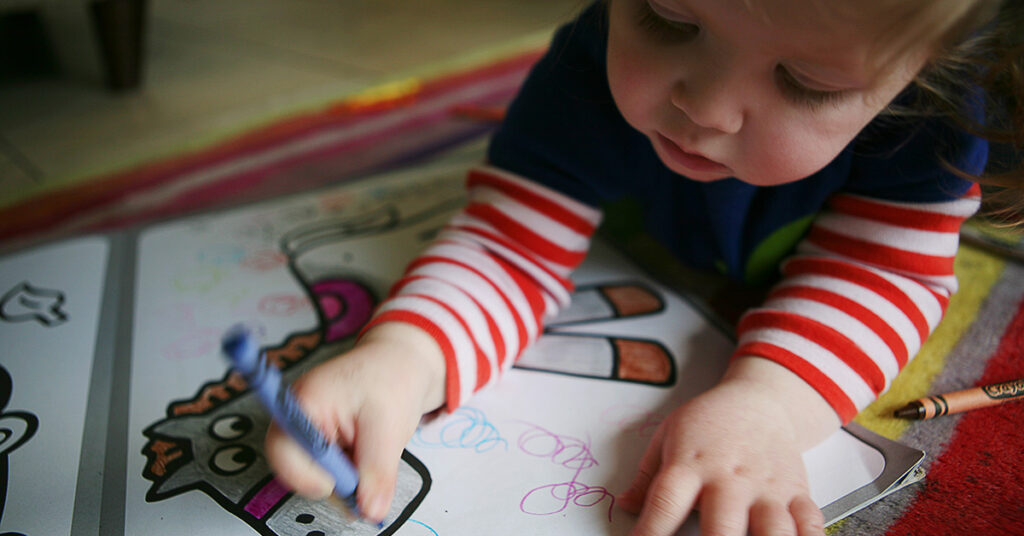You get out of bed, check your phone, eat breakfast, prepare and pack lunches, button your shirt or blouse, zip your jeans, brush your teeth, comb your hair, put on some socks, tie your shoe laces, and turn the key in the ignition. Fine motor skills are required for so many tasks in our daily lives that it’s easy to overlook their importance. for more information about froggle tots you can visit the below link:
What are fine motor skills, and what do they entail?
The use of small muscles in our hands, wrists, fingers, feet, and toes is known as fine motor abilities. Fine motor skills are movements of little muscles that require your child’s brain to connect the action with what they see. Fine motor abilities can affect things like eating with a fork or writing with a pencil.
When a youngster uses the smallest muscles in their hands, wrists, fingers, feet, and toes, fine motor abilities begin to develop. Gripping, holding, pressing, and employing a pincer grip are all ways to strengthen those muscles (holding something between the fore-finger and thumb). Fine motor skill development is critical for preschool, kindergarten, and early elementary school children. When it’s raining outside, consider making items with your child to boost their motor skills.
We use fine motor skills so frequently in our daily lives as adults that it’s easy to forget that the job we’re working on demands a certain skill set and the use of specific muscles. When a young kid is unable to accomplish these basic chores, it can have a negative impact on their self-esteem, capacity to develop self-care and independent skills, and academic achievement.
Parents may assist their children develop and enhance their fine motor abilities in a variety of ways.
- Play-dough
Tactile play using old favorites like play-dough is a terrific method for youngsters to try new things while honing their fine motor skills. You might make the play-dough with your child first before they play with it to make it even more exciting.
- Puzzles
Collaborate on puzzles. Pincer grip is developed by picking up and moving puzzle pieces into place. It can be frustrating to watch or assist your child in learning how to complete a puzzle; they can become impatient and give up easily, lose pieces, or put them in their mouth. But the rewards are well worth the effort if you stick with it. Engage and encourages your child to complete easy puzzles initially, then progressively more difficult ones; this will develop their hand-eye coordination, co-ordination, and motor skills.
- Drawing, coloring, and painting are all activities that children can participate in.
Encourage your child to use his or her imagination to draw and paint. This benefits their fine motor abilities as well as their creativity and imagination. To pique your child’s interest and improve their hand-eye coordination, experiment with different styles of painting and mediums, such as crayons, chalk, finger paints, brush painting, or charcoal. Painting with a paintbrush teaches children how to wield a brush and gain control over other objects in their hands, such as pencils and other objects.
